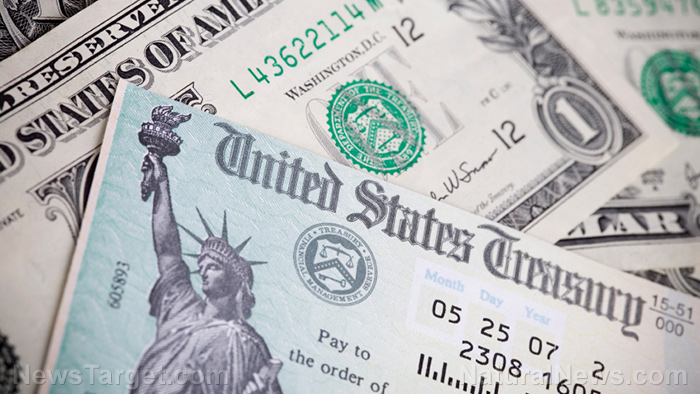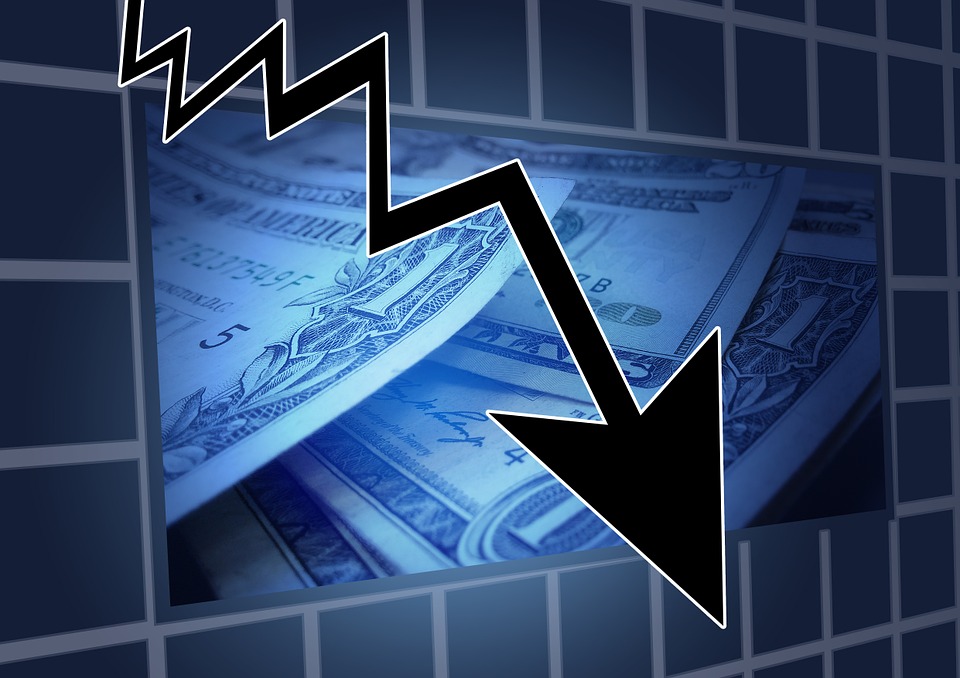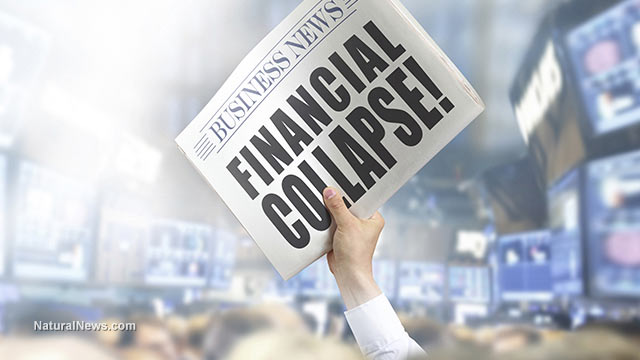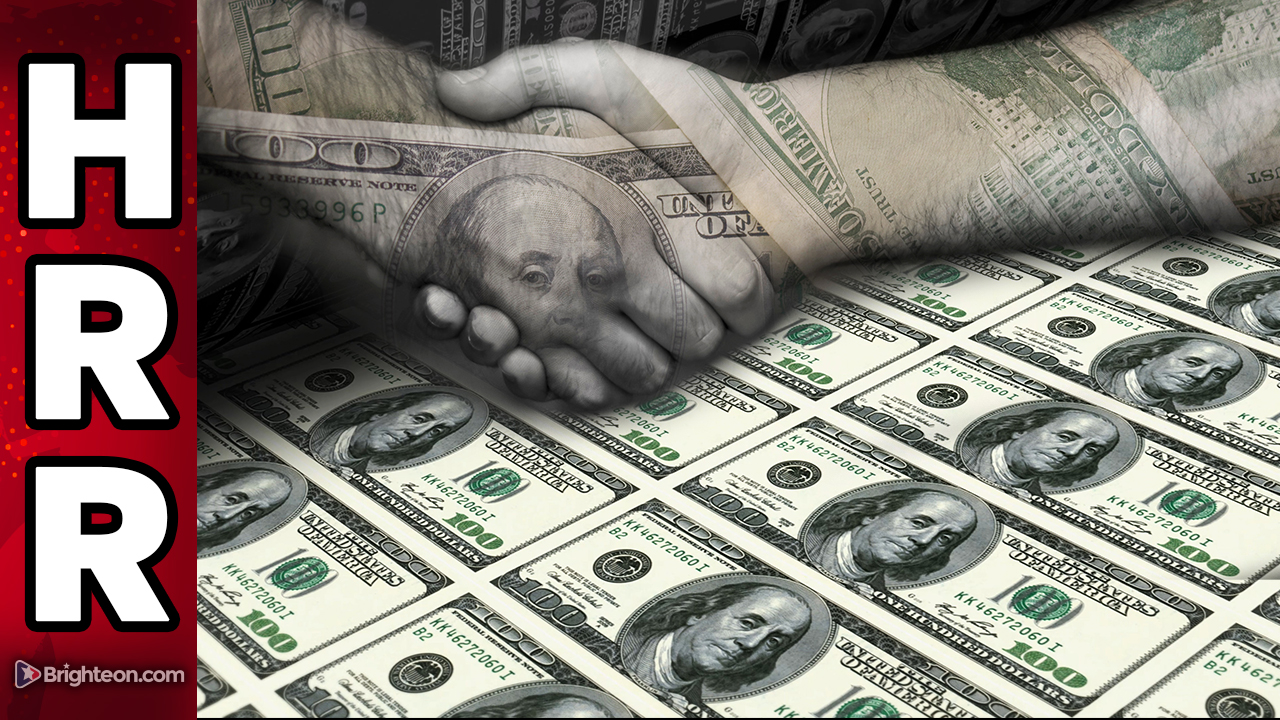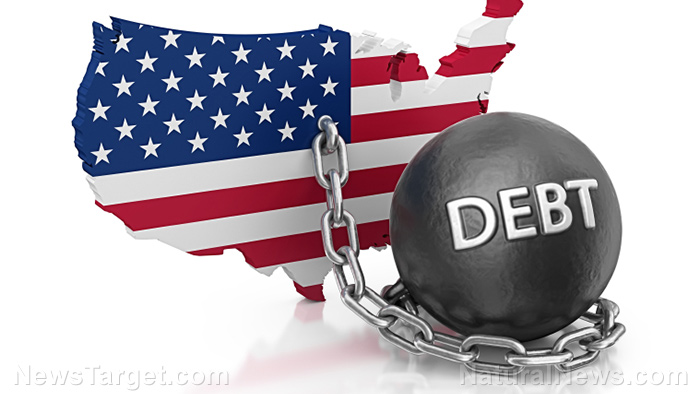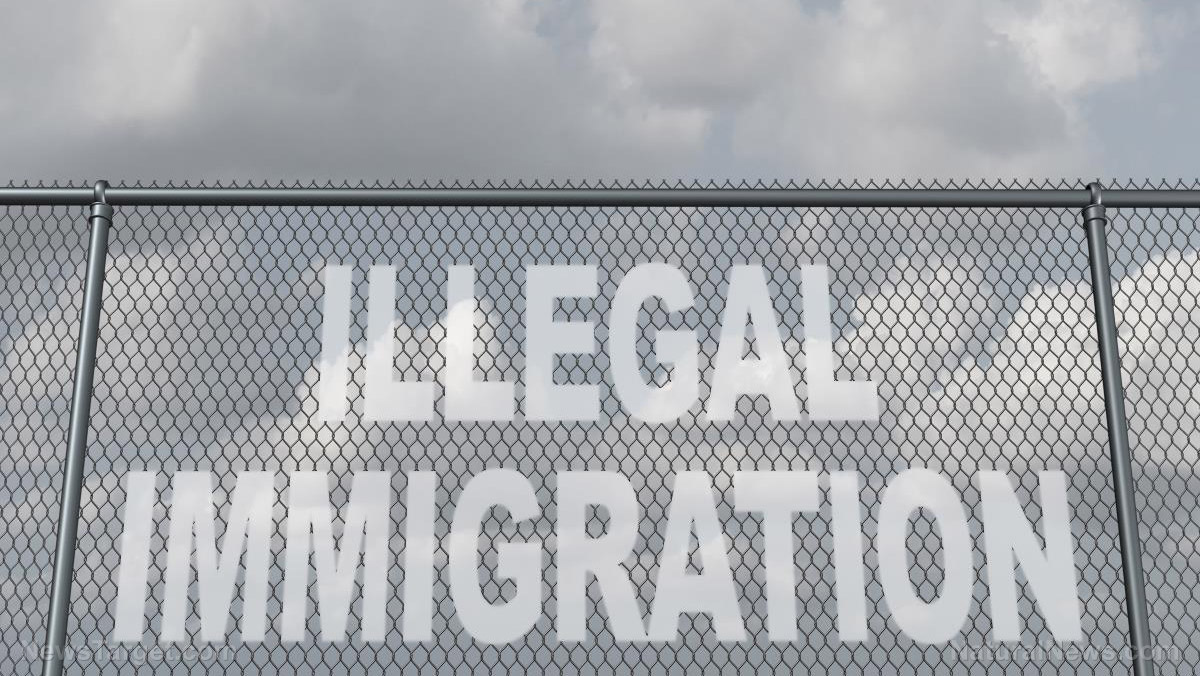Financial “death spiral” ensues as SVB, First Republic, Pac West, Signature Bank all COLLAPSE… contagion continues
03/15/2023 / By Ethan Huff

If you think the banking collapse will end with Silicon Valley Bank (SVB), think again.
Contagion is already spreading as Americans are waking up to the fact that the American financial system is a fraudulent Ponzi scheme that will result in financial ruin for many – especially those whose lives and livelihoods depend on it the most.
“I don’t think we’re going back to where we were in 2008 necessarily, but these things aren’t one-offs,” said University of San Diego finance professor Dan Roccato about the situation.
“My suspicion is we’re going to see a few more of these things creep up.”
Roccato is technically right about things not going back to how they were in 2008. If anything, they will be much, much worse once all is said and done with the current banking crisis, which has only just begun.
Numerous other banks are already seeing their share prices crumble as depositors withdraw their cash and investors sell off their stocks in anticipation of more blood in the water.
New York’s Signature Bank, which collapsed not long after SVB, saw its share price plummet 23 percent before trading was halted as news of SVB’s demise broke. The share price of First Republic, the 16th largest bank in the United States, also crashed by 14.8 percent, followed by a 37.9 percent drop for competitor Pac West.
(Related: Are we witnessing the “controlled demolition” of the entire banking and financial sector in real time?)
The era of cheap cash has come to an end — now the pain begins
As for SVB, which has now become the Federal Deposit Insurance Corporation’s (FDIC) Deposit Insurance National Bank of Santa Clara, its stock price plummeted by 44 percent in premarket trading the day after 60 percent of its share value had already disappeared.
“Silicon Valley Bank’s monumental downfall is the second-largest bank collapse in U.S. history,” one report explained.
“Its demise on Friday, which has left customers fearful of losing deposits totaling tens of billions of dollars, is eclipsed only by the failure of Washington Mutual in 2008, which had assets of $307 billion when it went into receivership.”
While it is true that SVB is more of a niche bank than Washington Mutual ever was, its collapse is more of a canary in the coalmine type of situation. The U.S. economy at large has been struggling for quite a while now, and SVB appears to be among the first to fall.
There are likely many more bank failures soon to come, despite continued promises from the nation’s “leadership” that everything is just fine, and not to worry. If anything, this is the biggest red flag of all that there is a whole lot more misery to come.
Everything seemed fine in 2021 when SVB’s deposits roughly doubled. Interest rates were near-zero and it seemed like the money printers would never turn off – until they finally did, followed by interest rates steadily increasing. SVB continued to recklessly invest in treasury bonds during this time, which it now had to sell off at a massive loss.
“And while it had also heavily invested in U.S. treasury bonds, as many banks do, the rising interest rates meant SVB couldn’t cover its books when push came to shove this week,” reports explain.
“It saw SVB’s startup client base withdraw their accounts faster than expected to cover expenses, leading to a giant hole in the firm’s books.”
“On Wednesday, SVB revealed that in the face of a cash burn from dwindling deposits, it was forced to sell off its bond holdings at a $1.8 billion loss. The bank announced plans to seek $2 billion from investors to cover the shortfall.”
The America that many people knew and loved is long gone. To keep up with the latest, visit Collapse.news.
Sources for this article include:
Submit a correction >>
Tagged Under:
bank collapse, Bubble, Collapse, contagion, corruption, debt collapse, economic collapse, finance, finance riot, Inflation, interest rates, money supply, pensions, risk, Silicon Valley Bank, SVB
This article may contain statements that reflect the opinion of the author
RECENT NEWS & ARTICLES
COPYRIGHT © 2017 NATIONAL DEBT NEWS




